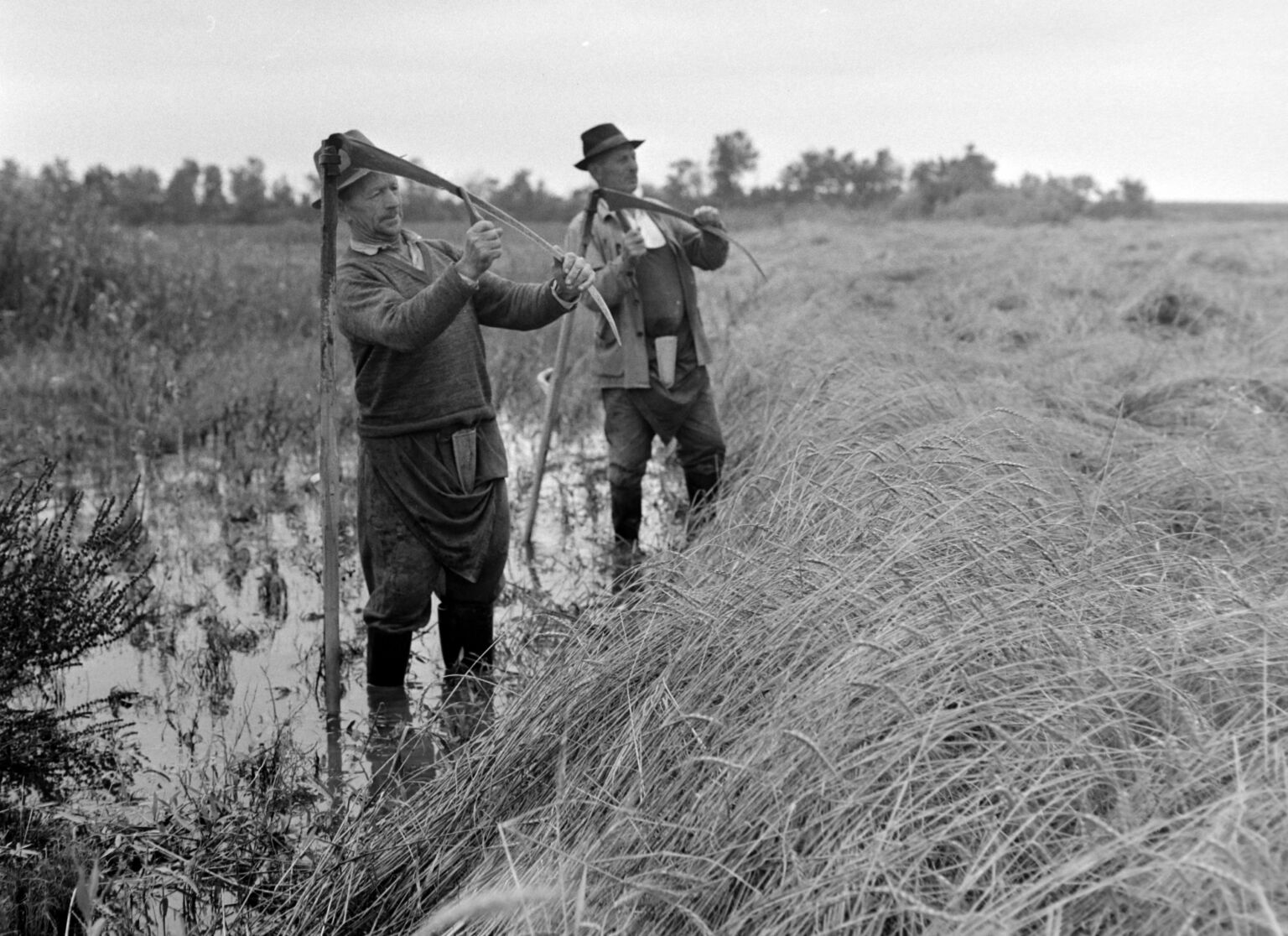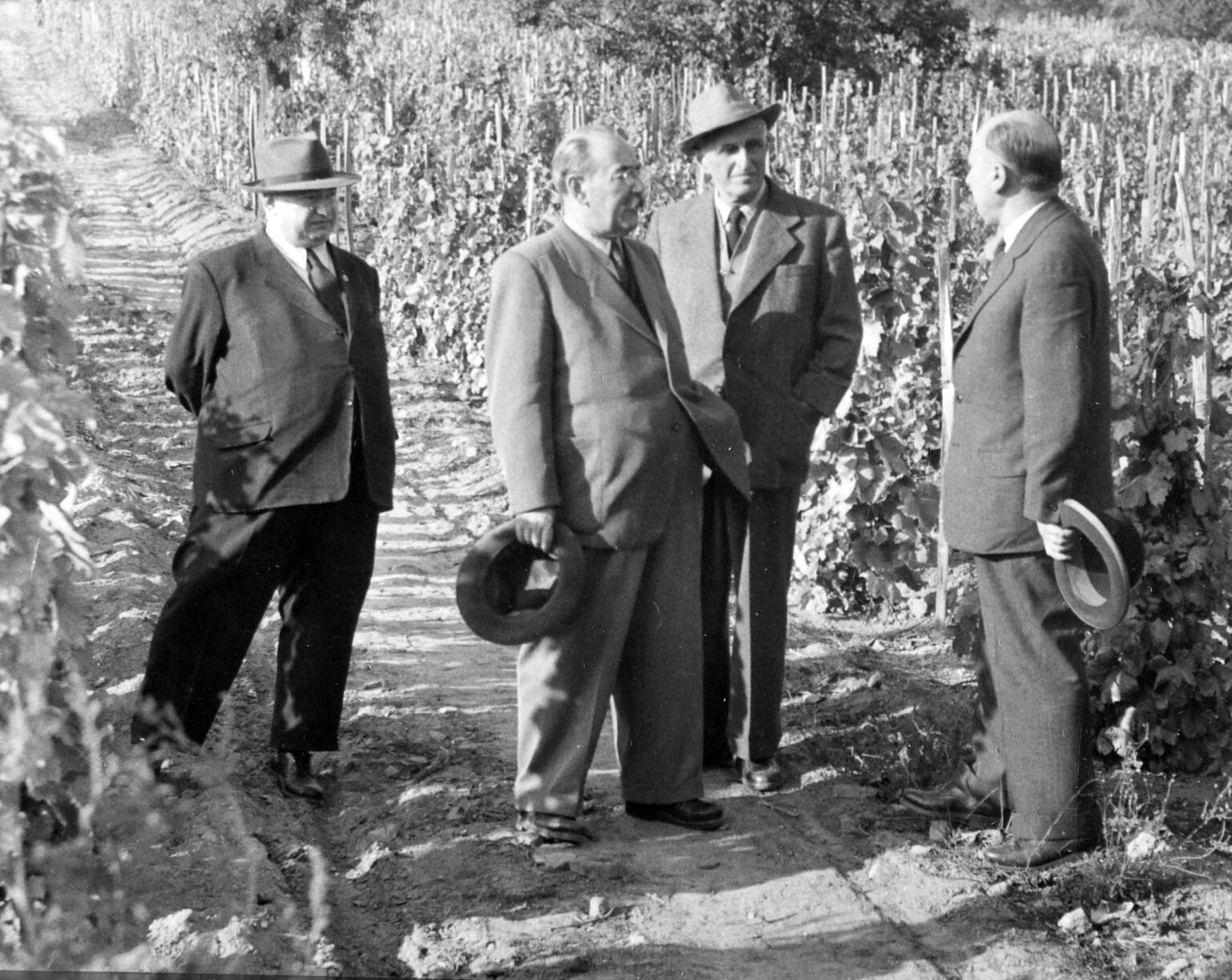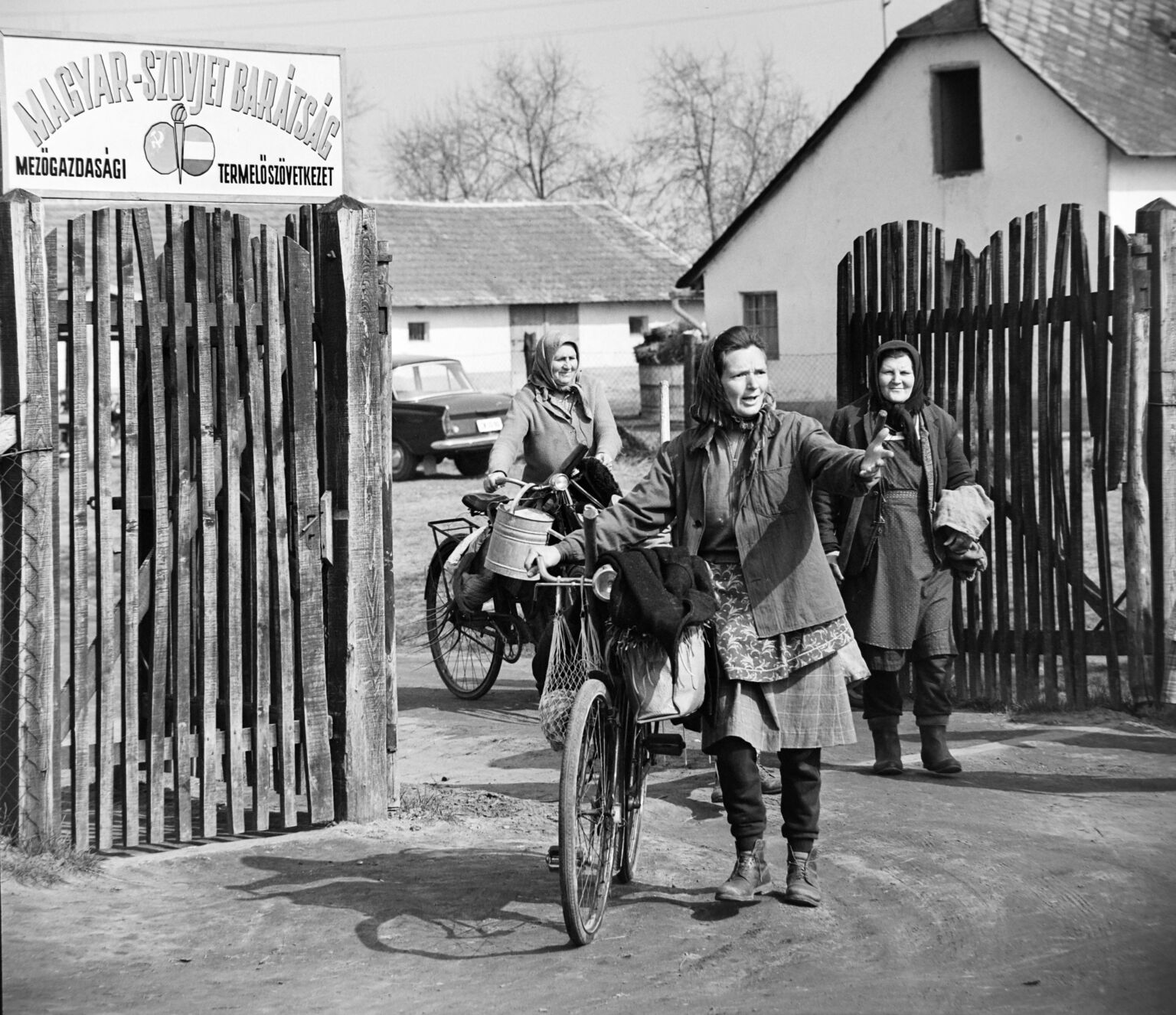Borvendég: Budapest threatened by famine in the early 1950s
Gábor Tóth, a journalist of vasarnap.hu, asked Zsuzsanna Borvendég, a research fellow at the Research Centre for History, about the food supply disaster resulting from the failed land policy of the Communist Party.
- Communist regimes were based on nationalisation, but was everything just about seizing land and abolishing private property?
- No, far from it, it was just one element of a very complex objective, but an essential one. By confiscating private property, they were trying to break the backbone of the society, to break its resistance. The land-bound way of life, the sacrality of the peasantry, always offered protection against extremist ideologies. Soon after the formation of the Soviet Union, however, the primary enemy became the self-sufficient peasantry as a social group, which the Soviets sought to eliminate by all means.
Drastic nationalisation, the confiscation of lands, the introduction of the co-operative system - all these measures were aimed at the elimination of peasant communities.
They tried to deprive society of the knowledge and mentality of the peasantry.
- What could be the reason for this?
- On the one hand, they wanted to build up their power base from the agrarian communities, and on the other hand, there were immediate reasons. There were significant famines in the Soviet Union in the early 1920s and 1930s, and then again during the world war. To counteract that, they devised a great plan for the transformation of nature to eradicate hunger.
This provided a good 'pretext' for the Soviet Bolsheviks to start liquidating the peasantry.
The expulsion of people from their birthplace brought several benefits for the regime. The people who fled the countryside could be used as labourers and manual workers in the cities, where forced industrialisation and modernisation took place. They saw in them a proletarian society that could become the mass base of their politics.
The millions of people who had been uprooted from their own communities were far less able to defend themselves against state ideologies, propaganda and violence.
The exile of the peasant society led to the fragmentation of the integrity and sacrality of the village communities. People were increasingly distanced from the church. And the communists, in addition to nationalisation, had precisely this other aim: the elimination of religiosity, of the faith in God.

- Was this also the case in Hungary?
- Yes, after 1945, an unprecedented social experiment was also launched in Hungary, aimed at creating the socialist type of man. The communists wanted to build their power base on the working class, the proletariat, but Hungary was primarily an agrarian country without a strong proletariat. They wanted to use the Marxist theory to bring peasant society into this political base, but there was no receptiveness to this, and thus they resorted to incapacitation, intimidation and violence.
- Did the communists want to create a mass base of their own power from the peasantry?
- The aim of the power was to deprive the peasants of the land, which was the basis of sacrality. They wanted to remove the peasants' own past, their traditions, their hold on the land, but despite all the intimidation, even if they ruined the lives of millions, the peasantry never became the social base of the communists.
- Did the communists fail to win over the peasants with their land redistribution after the Second World War?
- No, if we look at the land redistribution, we can see that they started to dismantle the system of large estates, but the plots of land parcelled out were barely large enough to ensure the emergence of a self-sufficient peasant class. That was not the aim. The destruction of the large landowners began, and at the same time the attack on the churches was launched, since the largest landowner in Hungary in 1945 was the Catholic Church itself.
From 1948 onwards, the land policy of the Communist Party was fundamentally flawed. This is why the first Imre Nagy government halted forced collectivisation in 1953.
- Because of the huge social resistance?
- It wasn't just that there was resistance everywhere, but that the methods that the Communist Party tried to impose didn't work, that the regime did not provide sufficient food for the country. At that point, urban populations were really threatened by famine; hence the 'attic sweepings' in the early '50s. Of course, the ruling elite could not admit that their incompetence and forced industrialisation led to these disastrous economic results and shortages.

- But how could the agro-industrial Hungary come to the brink of famine?
- Even though land was distributed after 1945, the amount of agricultural land under cultivation decreased year by year. And the amount of cereals that provided the staple food on these lands became less and less, for example, because forced industrialisation required a huge amount of industrial crops. Rye, wheat and sugar beet were also squeezed out of their traditional areas. All this led to a complex problem which the communists could not solve.
In 1953, forced agricultural collectivization had to be temporarily halted.
For a few years, the peasantry could breathe a sigh of relief, but then János Kádár restarted and ended the process.
In other words, what the Rákosi regime could not do in the first half of the 1950s, Kádár did in the course of a year and a half or two years, with astonishing brutality.
It was then that people started to really flee the land that provided their livelihood.

- Yet, there are some who want to present collectivisation as a great modernisation achievement.
Yes, but it was far from it. It caused unimaginable damage to the society and the environment, and individual tragedies accompanied the transformation.
Although large-scale production paved the way for mechanisation, inappropriate agro-technology, voluntarism, centrally planned economy, irresponsible use of chemicals and fertilisers, and soil depletion caused enormous damage.
In order to remedy the unviable living conditions of the remaining peasantry, the regime was forced to make concessions: this is when small-scale farming appeared, exploiting the people and creating a tired, work-sick society, the traces of which we can still see today.
The interview is also available on vasarnap.hu.